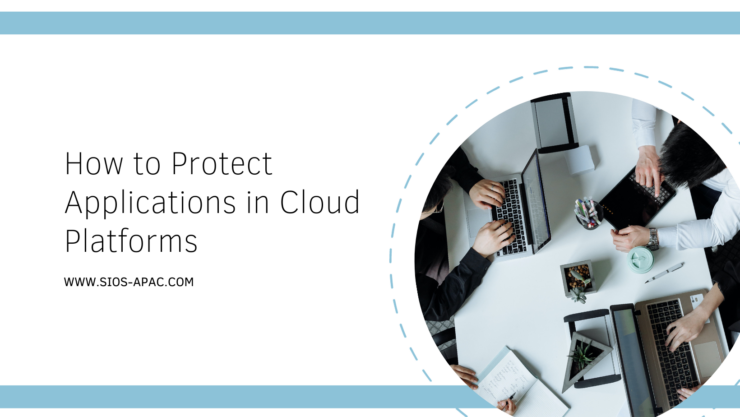SIOS Technology Will Demonstrate its High Availability Software at Cloud Expo Asia
SAN MATEO, CA and Singapore – September 20, 2023 – SIOS Technology Corp., an industry leader in application high availability and disaster recovery, today announced it will be demonstrating its high availability clustering software at Cloud Expo Asia on October 11 – 12, 2023 at Marina Bay Sands Expo Hall in Singapore in booth # L60.
Cloud Expo Asia is one of the fastest-growing and most influential technology events in Asia, drawing industry innovators, thought leaders, and key decision-makers from across the globe.
SIOS booth will feature demonstrations of the latest SIOS high availability software. SIOS will provide insight into how to protect critical applications, databases, and ERPs from downtime and disasters, on premises and in the cloud.
“We are very pleased to be participating in this year’s Cloud Expo Asia,” said Jason Aw, head of Strategic Business Development, APAC Region. “We provide a vital service to customers in a wide range of industries who are looking to meet strict availability requirements for critical applications, such as SQL Server, SAP, HANA, Oracle and many others.”
###
About SIOS Technology Corp.
SIOS Technology Corp. high availability and disaster recovery solutions ensure availability and eliminate data loss for critical Windows and Linux applications operating across physical, virtual, cloud, and hybrid cloud environments. SIOS clustering software is essential for any IT infrastructure with applications requiring a high degree of resiliency, ensuring uptime without sacrificing performance or data – protecting businesses from local failures and regional outages, planned and unplanned. Founded in 1999, SIOS Technology Corp. (https://us.sios.com) is headquartered in San Mateo, California, with offices worldwide.
SIOS, SIOS Technology, SIOS DataKeeper, SIOS LifeKeeper and associated logos are registered trademarks or trademarks of SIOS Technology Corp. and/or its affiliates in the United States and/or other countries. All other trademarks are the property of their respective owners.
Media Contact:
Beth Winkowski
Winkowski Public Relations, LLC for SIOS
978-649-7189
bethwinkowski@US.SIOS.com
Reproduced with permission from SIOS





